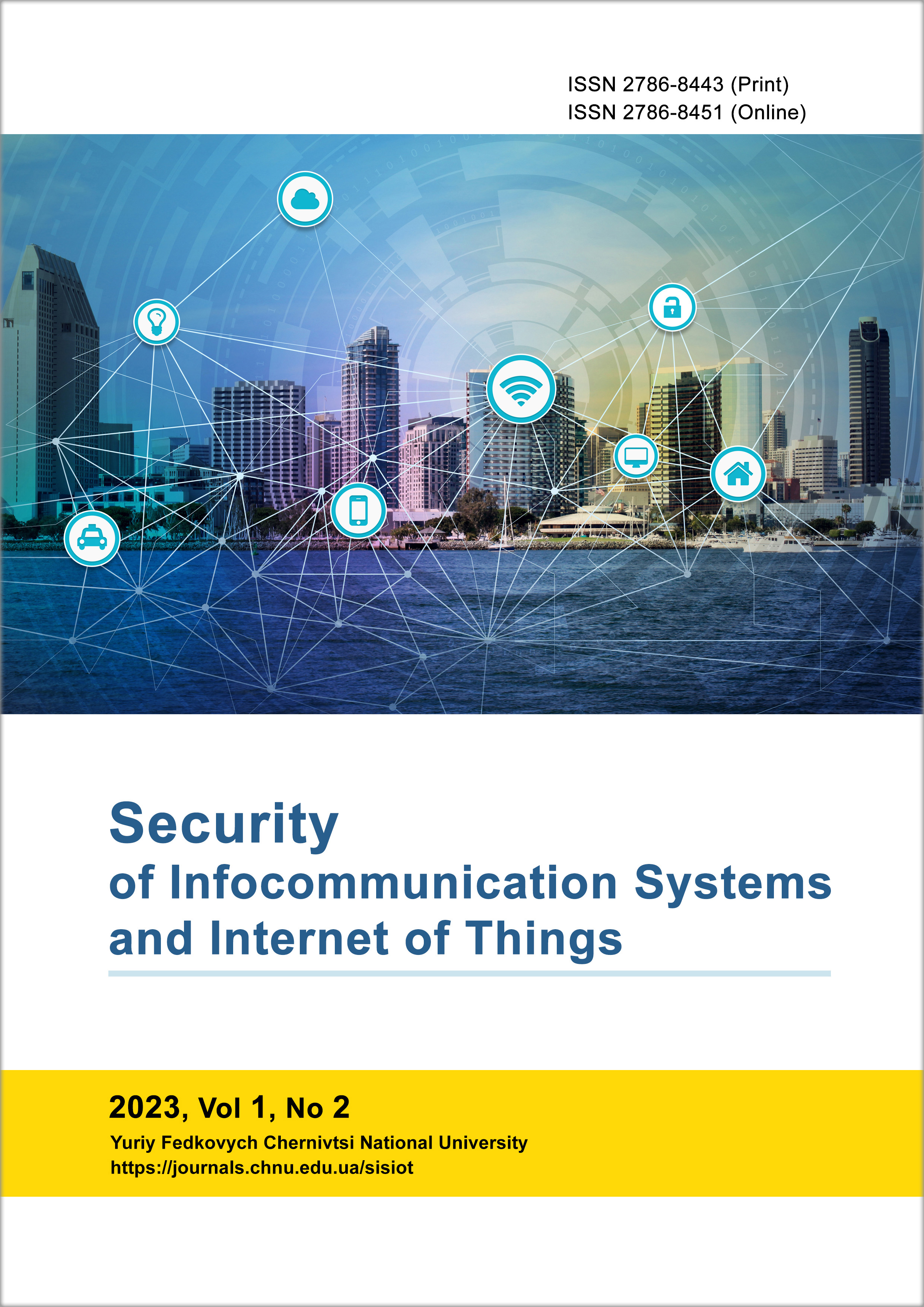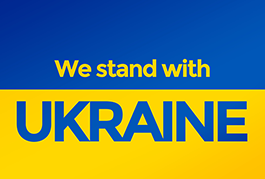Flows of Information within a Network with Limitations on the Quantity of Flows Allowed at Each Node
DOI:
https://doi.org/10.31861/sisiot2023.2.02001Keywords:
network of information flows, Gauss method, system of solutions of linear equationsAbstract
This paper explores a classic problem in transport network research: the analysis of networks with specified total traffic values for each node. We employ linear algebraic methods to derive a comprehensive set of solutions, ensuring statistical reliability and enabling robust analysis of the results. A mathematical model is presented for determining solution sets in fully connected, loop-free networks with three and four nodes. Based on this model, we developed software to calculate the statistical distribution of entropy values within the network. Furthermore, we investigate the statistical properties of information flow entropy for networks with and without constraints that permit uniform flow distribution. This characteristic holds practical significance for analyzing network dynamics and predicting flow redistribution processes from initial unbalanced states, which inherently proceed towards higher entropy. The findings presented in this paper hold additional practical implications for network imbalance detection and adaptability to diverse network topologies. The results can serve as a foundation for algorithms designed to quantify the degree of network imbalance induced by substantial external influences that do not significantly alter the overall network load. This capability proves particularly valuable in identifying covert DDoS (Distributed Denial of Service) attacks that aim to reduce network bandwidth by supplanting legitimate traffic. While the proposed method has been demonstrated on fully connected networks, it demonstrates potential for adaptation to networks with a wide range of topological structures. This includes networks with partial connectivity or loosely connected networks, which constitute a significant proportion of real-world networks. The significance of the method is further amplified by advancements in cloud computing technologies, which offer substantial computational power and enable the accumulation of extensive statistics regarding information flow distributions across networks of diverse purposes. Such advancements create opportunities for the integration of the developed network analysis technique with machine learning and artificial intelligence technologies, fostering enhanced automation, scalability, and adaptability.
Downloads
References
R. Ahlswede, N. Cai, S.Y. Li, R.W. Yeung,. “Network information flow. IEEE Transactions on information theory”, vol. 46(4), pp. 1204-1216, 2000.
A. S. Avestimehr, S. N. Diggavi, N.C. David, “Wireless network information flow: A deterministic approach”, IEEE Transactions on Information theory, vol. 57(4), pp. 1872-1905, 2011.
L. R. Ford Jr, D.R. Fulkerson. Flows in networks, vol. 54, Princeton university press, 2015.
G. Bertagnolli, R. Gallotti, M. De Domenico, “Quantifying efficient information exchange in real network flows”, Commun Phys 4, 125, 2021.
K. Ponanan, T. Srichanthamit, W. Watanabe, S. Watanabe, H. Suto, Hidetsugu, “A Framework of Supporting System for Optimizing Information Flow in International Trade Transaction”, Transactions of Japan Society of Kansei Engineering, vol. 18, 2018.
O. Lemeshko, M. Yevdokymenko, O. Yeremenko. “Optimization routing model of delay-sensitive traffic in infocommunication networks”, Control, Navigation and Communication Systems. Academic Journal, vol. 2, № 72, pp. 152-159, 2020.
O.V. Lemeshko, T.V. Vavenko “Usovershenstvovanije potokovoj modeli mnogoputevoj marshrutizatsii na osnove balansirivki nagruzki”, Problemi telekomunikatsij. – № 1(6), pp. 12-29, 2012.
Drzazga-Szczȩśniak, E.A.; Szczepanik, P.; Kaczmarek, A.Z.; Szczȩśniak, D. “Entropy of Financial Time Series Due to the Shock of War”, Entropy, vol. 25(5), pp. 823-835, 2023.
Xi, Y.; Cui, X. “Identifying Influential Nodes in Complex Networks Based on Information Entropy and Relationship Strength”, Entropy, vol. 25(5), pp. 754-771, 2023.
Bayrakdar N, Gemmetto V, Garlaschelli D. “Local Phase Transitions in a Model of Multiplex Networks with Heterogeneous Degrees and Inter-Layer Coupling”, Entropy, vol. 25(5), pp. 828-863, 2023.
R. L. Politanskyi, O.L. Zarytska, M.V. Vistak, V.V. Vlasenko, “Research of distribution of information flows in a network”, Mathematical Modeling and Computing, vol. 8(4), pp. 821-829, 2021.
R. Politanskyi, A. Samila, L. Politanskyi, V. Vlasenko, V Popa, Y. Bobalo, I. Tchaikovsky, “Investigation of High-Speed Methods for Determining the Equilibrium State of a Network Based on the Principle of Maximum Entropy”. Lecture Notes in Electrical Engineering, vol. 96, pp. 602-614, 2023.
Mykel J. Kochenderfer, Tim A. Wheeler. Algorithms for Optimization. The MIT Press. Cambridge, Massachusetts. London, England, 2019.
Published
Issue
Section
License
Copyright (c) 2023 Security of Infocommunication Systems and Internet of Things

This work is licensed under a Creative Commons Attribution 4.0 International License.









